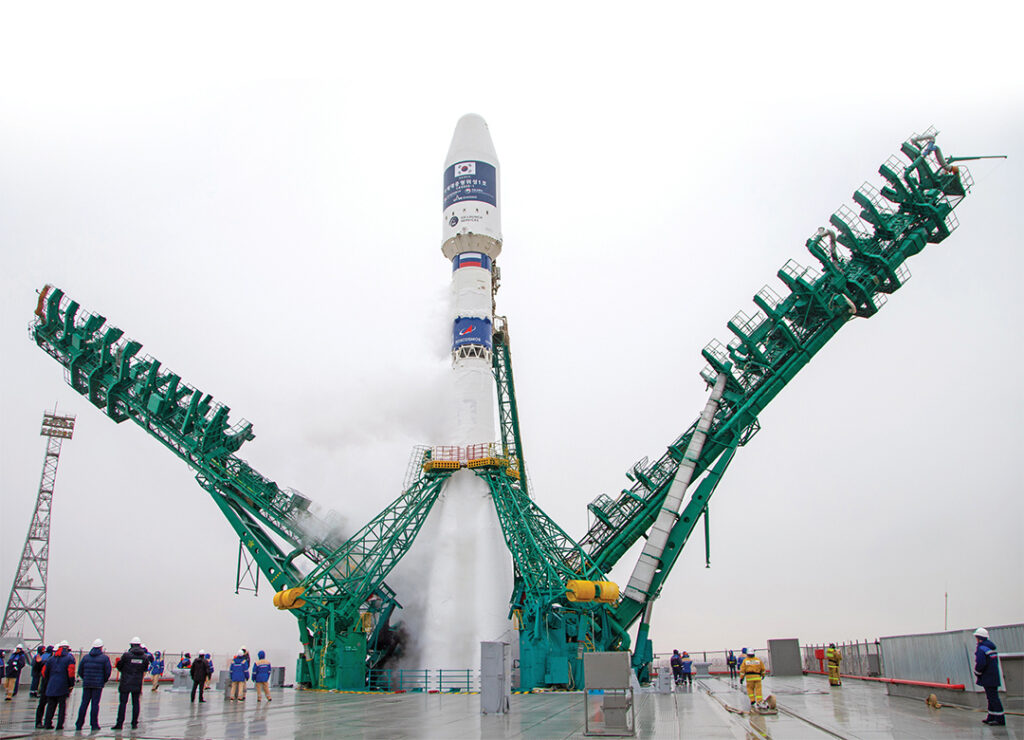UNIPATH STAFF
Saudi Arabia launched two new satellites into Earth’s orbit in March 2021, reinforcing its role as a regional leader in space technology.
King Abdulaziz City for Science and Technology (KACST), in conjunction with the Saudi Space Commission, used Baikonur base in Kazakhstan to launch satellites named Shaheen Sat and CubeSat.
Shaheen Sat provides topographical imagery and tracks marine traffic from a low Earth orbit. CubeSat’s mission focuses on capturing data from the Earth, moon and outer space.
Shaheen Sat was partly developed by Saudi engineers at KACST. CubeSat is the work of 130 students in the College of Engineering at King Saud University. The origins of CubeSat date to a 1999 partnership involving Saudi Arabia and two United States research centers, California Polytechnic State University and Stanford University.
“This achievement was the fruit of the great support that the kingdom’s research, development, and innovation sector receives from King Salman and Crown Prince Mohammed bin Salman,” KACST chief Dr. Anas bin Faris Al-Faris said.
The Saudis view aerospace as a prestigious growth industry befitting the nation’s status as one of the wealthiest countries in the region. The Saudis have launched 17 satellites during the past 20 years, the most in the Arab world.
“The space sector is characterized by sustainable growth, which makes it a future economic and strategic destination for all developed countries,” said Dr. Abdulaziz bin Muhammad Al Al-Sheikh, CEO of the Saudi Space Center.
In February 2019, Saudi Arabia launched the first Saudi Communication Satellite KA from a base in French Guiana. In 2014, KACST conducted scientific experiments in space using LED technology aboard the satellite SaudiSat-4. It did so in cooperation with the U.S. National Aeronautics and Space Administration and Stanford University.
Sources: Saudi Press Agency, alarabiya.net, Arab News

